Berbagai Teori Etika dalam Pandangan Islam
Summary of Ethical Theories

Ethical Theories and Islamic Perspective

Summary of Ethical Theories

Ethical Theories and Islamic Perspective

Kapan
kita menulis kutipan langsung, kapan melakukan paraphrasing?
Kutipan langsung jika terlalu banyak dapat mengurangi “readability” tulisan. Kutipan langsung boleh dilakukan bila memang benar-benar perlu, yaitu
Sekengkapnya:
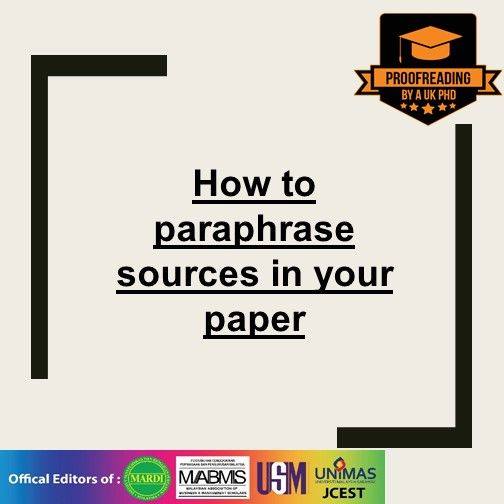
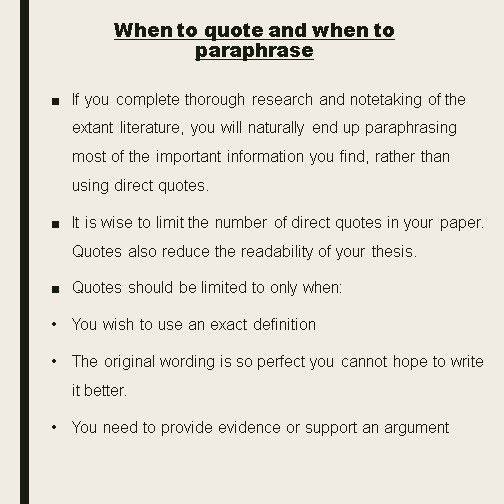
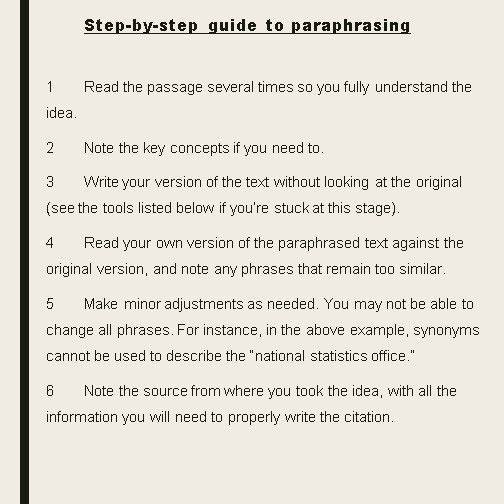
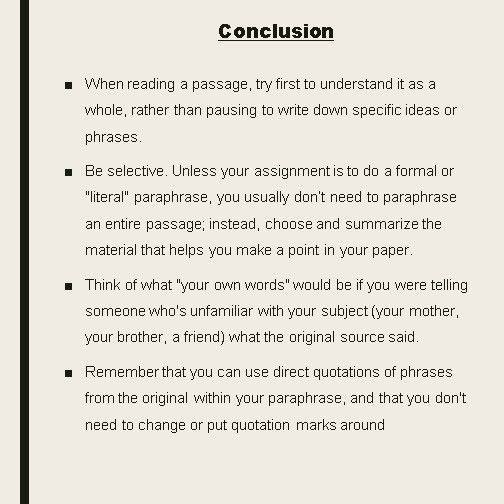
Cara melakukan literature review dalam rangka menemukan knowledge gaps dan future research.







Priscilla A. Glasow. 2005. Fundamentals of Survey Research Methodology. Washingto: MITRE Department.

Rujukan dalam mendesain pelatihan
https://www.msb.se/RibData/Filer/pdf/26433.pdf
Training Material Development Guide – Msb
https://www.msh.org/…/files/mds3-ch52-training-mar2012.pdf
Designing and implementing training programs – Management …
http://persmin.gov.in/…/Personality%20Dev%20N%20DLM.pdf
Training Module on Personality Development …
http://www.un.org/…/unpfii/documents/trainingmodule_en.pdf
Training Module – the United Nations
https://www.aap.org/…/10-Step-Process-for-Developing…
10-step process for developing training courses – AAP.org
https://unep.ch/…/capacityBuilding/TrainingModule148.pdf
training module – UNEP – Geneva
http://www.hpandt.com/howtocreateeffectivetrainingmanuals…
How to Create Effective Training Manuals
https://equitas.org/…/2010/11/Equitas_Generic_TOT_2007.pdf
Training of Trainers: Designing and Delivering Effective … – Equitas
http://www.cek.ef.uni-lj.si/magister/hu462.pdf
Design an Effective Model for Training the Trainers
http://files.peacecorps.gov/…/T0107_projectdesign.pdf
The New Project Design and Management Workshop Training Manual
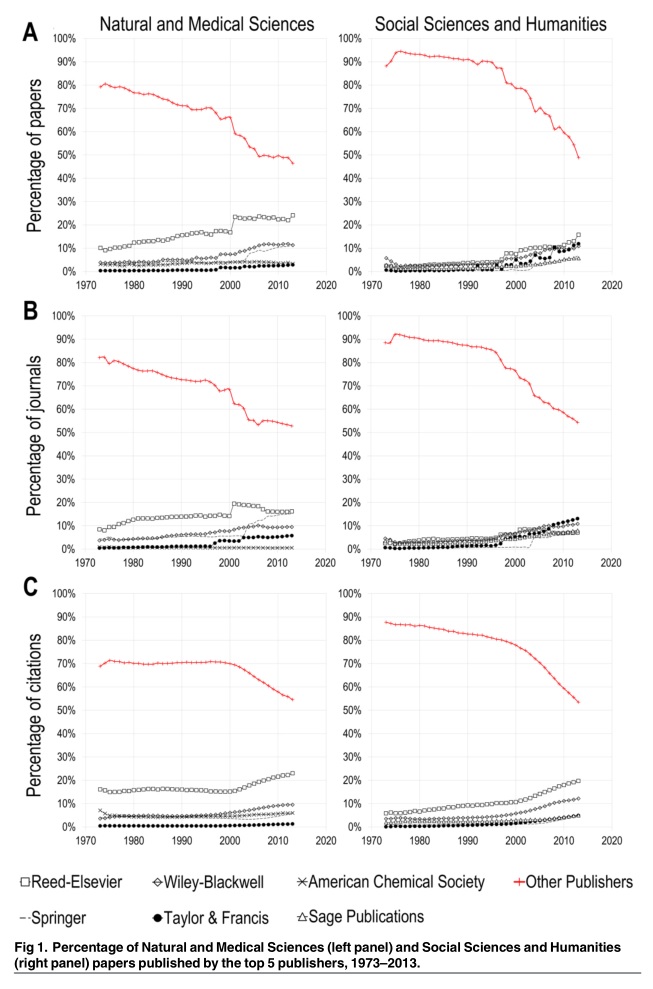
Reed-Elsevier, Wiley-Blackwell, Springer, Taylor & Francis, Sage Publications, American Chemical Society

1. SHALOM
Fisher (2010)
(1) Personal; (2) Environmental; (3) Communal; and (4) Transcendental
2. Dimensions of Spirituality: A Framework for Adult Educators
Fenwick and Lange (1998)
(1) life and death; (2) soul and self; (3) cosmology; (4) knowledge; (5) the Bway^; (6) focus; (7) practices of spirituality and the role of others; and (8) responses.
3. Daily Spiritual Experience Scale (DSES) Underwood et al. (2002)
(1) Strength and Comfort; (2) Perceived Divine Love; (3) Inspiration or Discernment
4. Developing and Validating a Questionnaire to Measure Spirituality: A Psychometric Process
Parsian and Dunning (2009)
(1) Importance of spiritual beliefs; (2) Self-awareness; (3) Environmental awareness; (4) Relationships; (5) Spiritual needs; (6) Spiritual experiences
5. Spirituality Assessment Scale (SAS)
Beazley (1998)
(1) Living the faith relationship; (2) Prayer or meditation; (3) Honesty; (4) Humility; (5) Service towards others
6. Spirituality Assessment Scale (SAS)
Howden (1992)
(1) Unifying Connectedness; (2) Purpose & Meaning in Life; (3) Innerness & Transcendence (non-religious orientation)
Spirituality Measurement Scale (SMS)
1 Self Engagement (ENG)
1.1 Meditation
1.2 Yoga
1.3 Reading books about self development
1.4 Spiritual singing
1.5 Chanting Mantras
1.6 Attending spiritual workshops/activities/events
2 Service towards others (STO)
2.1 I give my time to help others.
2.2 I sacrifice my personal ego needs to do what best serves’ others.
2.3 I give my material resources to help others.
2.4 I am generally humble to others.
2.5 Compassion comes naturally to me.
3.1 I have a meaningful life.
3.2 I have confidence in my actions.
3.3 Most of the time, I have a positive approach.
3.4 If I could live my life again, I would change nothing.
3.5 I am a self-content person.
3.6 The progression of my life is as expected.
3.7 So far, I have got everything I deserve.
3.8 I am satisfied with my life, as a whole.
4.1 Creates an atmosphere Of positivity.
4.2 Promotes peaceful living.
4.3 Helps in reducing depression.
4.4 Relates to a person’s search for finding greater meaning in one’s existence.
4.5 Is what keeps people anchored to happiness.
4.6 A holistic approach that embraces all, under one super natural being.
4.7 A belief, that we all derive the supreme power from one common source.
4.8 Helps in realizing one’s higher purpose in life.
4.9 Bowing before his will without any doubt.
4.10 Spirit of keep going and not giving up.
4.11 Promotes togetherness among all beings.
4.12 Helps in having clarity in life.
4.13 Enhances healthy lifestyle.
4.14 Working together to resolve conflicts in a positive way.
4.15 Utilizing the power of the rational mind for the benefit of the society.
4.16 Being connected with divinity.
4.17 Spreads the message of unity in diversity.
4.18 A feeling of oneness with all living beings.
4.19 The awareness of my spirit.
5.1 I have awareness of my career.
5.2 I have awareness of my aspirations.
5.3 I am aware about my desires.
5.4 I am aware about my daily needs.
5.5 I have awareness of my body.
5.6 I have awareness of my family.

Concept paper and Review paper are the same? Some say yes, I say no. Want to know why? READ ? for answers:
1️⃣ Objectives of the papers:
✔️Concept
Presents authors’ unique study and a proposed solution for a very specific problem
✔️Review
CRITICALLY analyze existing literature on a topic, can be broad or narrow.
2️⃣ Literature for the papers:
✔️Concept
The paper is built upon authors’ original idea, so literature related to the idea should be included
✔️Review
The paper is built upon existing articles, not original, which is also known as secondary literature.
3️⃣ Writing Methodology:
✔️Concept
The paper can be written based on a designated framework/solution for a problem in social context, or basic simulation or proposed idea for scientific context.
✔️Review
A specific topic should be selected, followed by summarizing existing literature to exhibit the overall research trend of that topic and its current state.
4️⃣ Complete Structure:
✔️Concept
The overall proposed solution will be discussed and a pilot study can be included. Body of the paper would include Abstract, Background, Methodology, and some preliminary results if required, and the findings.
✔️Review
Its all about dissecting the current literature, reporting on common findings, and contradicting findings would be excellent to report. You can include the missing puzzle among the discussed literature, the trend and where its heading, more of future outlook.
5️⃣ Submission Standard:
✔️Concept
Mostly Scopus or non-indexed, SCI/SSCI would be tough.
✔️Review
Can hit SCI / SSCI, if written properly with broad literature and strong reporting on any contradictions and great future outlook.
Riset Kualitatif
Kritik
Riset Kuantitatif
Kritik
Metode Campuran